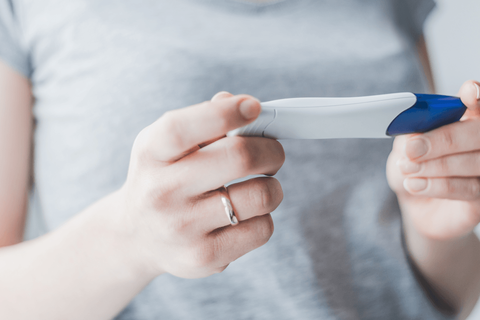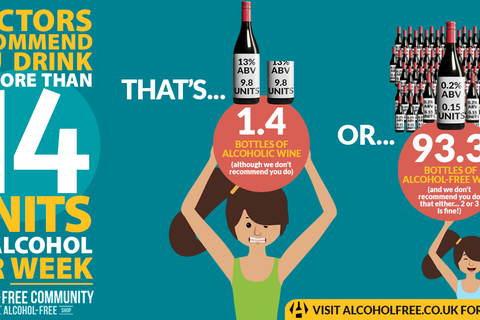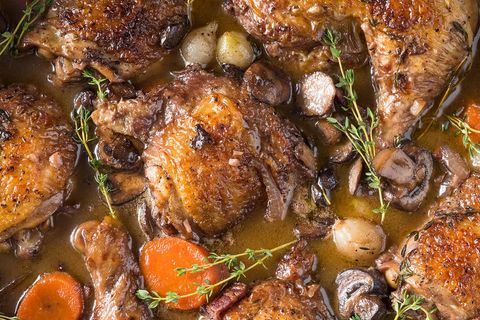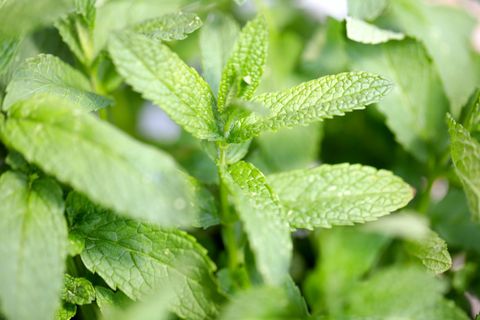Question
Drinks
Alcohol-Free
Is there a non-alcoholic red wine that tastes as full-bodied as Apothic red?

by Christine Humphreys
Published: April 22, 2021 Last updated: December 24, 2023

When people talk about a full-bodied red, they are talking about wine with a high-alcohol content.
If you’re looking for a non-alcoholic wine that tastes as full-bodied as an alcoholic one at 13.5% ABV, such as an Apothic red wine, then I’m afraid you’re going to be disappointed.
Alcohol-free wine presents a different taste experience with all the heart health benefits and wine compounds of alcoholic ones including antioxidants and resveratrol content.
It is alcohol that gives wine body and depth. When it clings to the glass making ‘legs’ and rolls around your tongue, it’s doing so because it’s loaded with high amounts of alcohol.
Wine drinkers in the UK have come to demand ever-higher alcohol content since the popularity of New World varieties swamped the market and made 13.5% ABV the standard.
Going back to the beginning
When wine consumption first began to gain popularity in the UK, it did so as a result of people holidaying on the continent where the wines produced in cooler climates are naturally lower in alcohol.
Back then most Brits drank beer or spirits. Wine intake would be in moderation and for special occasions but drinking wines with dinner is now common and it’s become an every-day item on the shopping list.
High alcohol in wines comes from hot climates that produce grapes with a higher sugar content.
These type of wines began to dominate the market with mass-produced brands such as Hardys , Sutter and, Gallo. Like bottled cola, you know it’s going to taste exactly as you expect every time you open a bottle.
So consumers came to expect full-strength to be 13.5% ABV and even up to 15% ABV. At this level a couple of glasses per day can easily push us over the recommended limit of wine per week.
Now the tide is changing
Wine lovers are seeking out lighter varieties and producers are scrambling to meet demand for alcohol-free and low-alcohol wines of 8% and 5.5% and the growing trend towards a non-alcoholic alternatives at 0.5 per cent.
Alcohol-free wines aren’t just grape juice. They go through alcoholic fermentation and all the stages of standard wines starting on the vine but then have the alcohol removed before bottling.
When you remove the alcohol, whether you de-alcoholise down to 8% or 0.5%, you will lose the body that alcohol provides to a varying degree.
You won’t get the chewy mouthfeel, the lingering on the tongue and the depth. But what you will get is the actual taste of the fruit and terroir which takes an expert pallet and a keen nose to detect in alcoholic wines.
What you are tasting overwhelmingly in alcoholic wines is alcohol which masks the flavours hidden deep in the glass.
Removing the alcohol doesn’t affect the other compounds such as resveratrol which is a component of wine and polyphenols that bring the antioxidant health benefits that reduce risk of heart attacks and high blood pressure.
Red wines present the biggest challenge in terms of maintaining the qualities and experience of alcoholic versions following de-alcoholisation.
However, the absence of alcohol brings the flavours to the fore. In alcohol-free red wines, you will taste the red fruit flavours of cherry, blackberry and raspberry and maybe tobacco, leather and chocolate.
You’ll still find tannins and original aromas but alcohol-free wine does benefit from decanting and aerating to bring out its best.

About The Author
Christine Humphreys
Chris Humphreys is the co-founder of The Alcohol-Free Shop and AlcoholFree.com. She was a journalist for more years than she cares to remember. Ex-wife of an alcoholic, enthusiastic amateur musician and a passionate dog lover.
10 Delicious Non-Alcoholic Drink Recipes You Can Make Right Now With Ingredients You Probably Already Have In Your Kitchen
January 05, 2023

Calm your stomach with these delicious ginger biscuits!
September 15, 2021

Are alcohol-free drinks safe during pregnancy?
May 28, 2021

How many units of alcohol in a bottle of alcohol-free wine?
January 27, 2021

Do you have any alcohol-free Malbecs?
January 24, 2021

Does alcohol burn-off during cooking?
January 20, 2021

How to cook great food - without using alcohol
January 20, 2021

Are mints good for someone in recovery from alcoholism?
September 21, 2020
